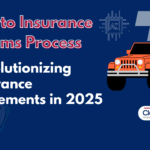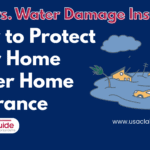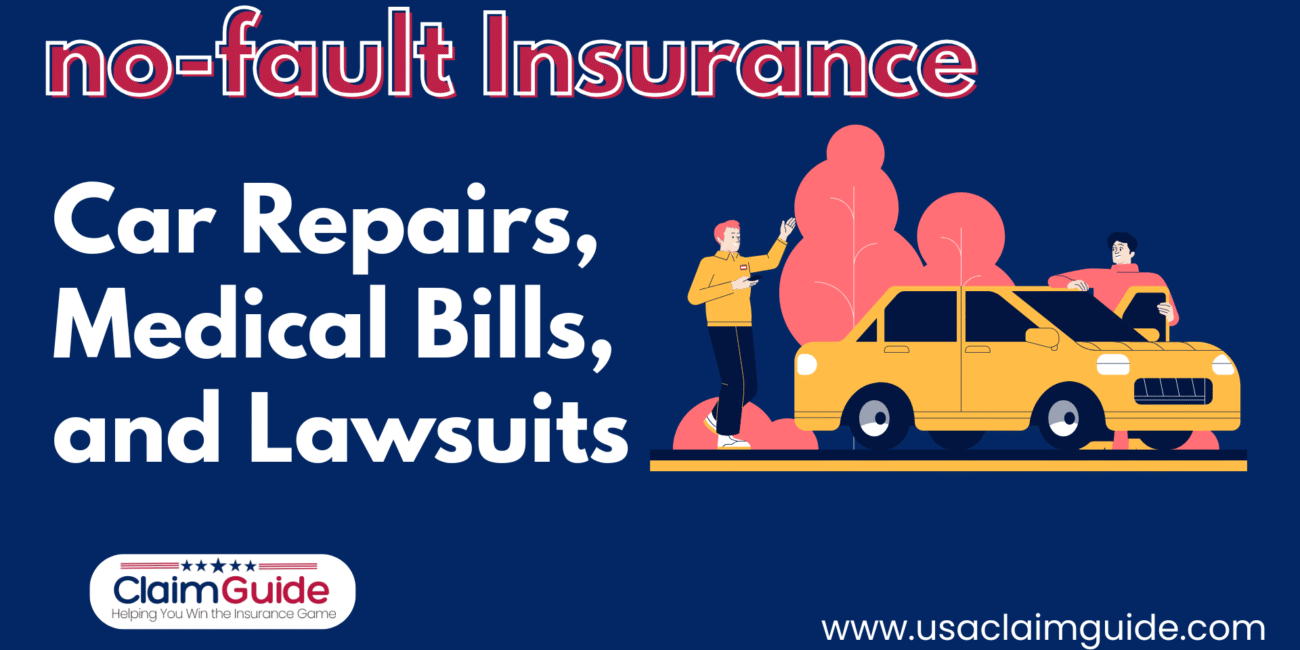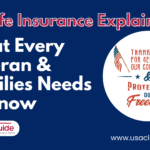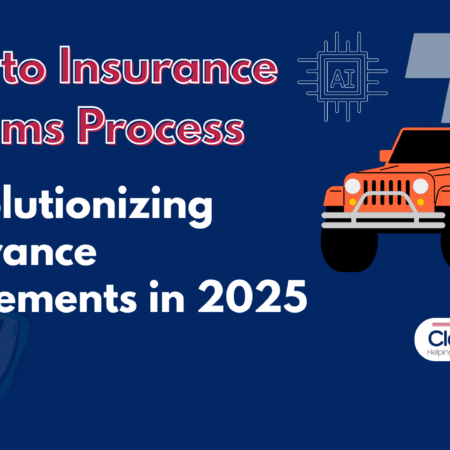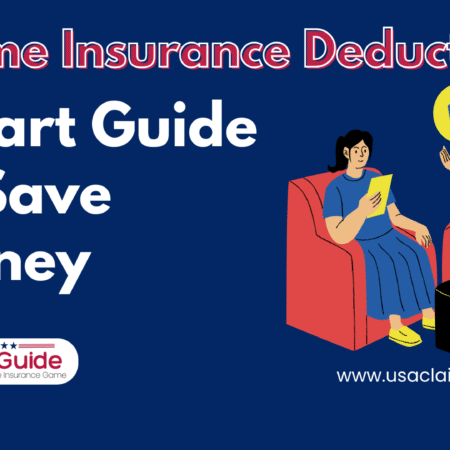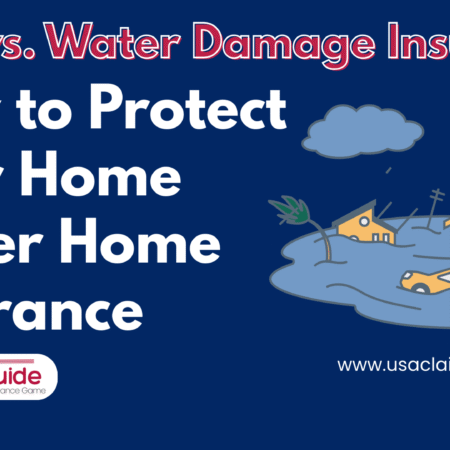If you’re trying to figure out how no-fault insurance works in the U.S., you’re not alone. Car insurance regulations vary dramatically by state, and the concept of “no-fault” can be confusing even for seasoned drivers. Whether you’re shopping for a policy, moving across state lines, or dealing with an accident claim, understanding this unique insurance structure can save you time, money, and frustration.
Unlike traditional fault-based insurance systems, no-fault auto insurance policies require each driver to file injury claims with their own insurance provider regardless of who caused the accident. This method is designed to streamline the claims process and reduce the number of lawsuits stemming from minor collisions.
But what many drivers don’t realize is that no-fault laws are not uniform across the country. In fact, only a handful of states have mandatory no-fault insurance laws, while others offer add-on or choice no-fault coverage, creating a patchwork of rules that impact everything from your premiums to your legal rights after a crash.
Understanding the benefits of no-fault car insurance coverage is essential if you want to make the most of your policy. In states where this system is in place, it can offer faster access to medical payments and wage replacement, but it also limits your ability to file a lawsuit unless your injuries meet a specific severity threshold.
As of 2025, the landscape of no-fault insurance laws by state continues to evolve, with several legislatures reconsidering their systems to control rising costs and fraud. For drivers, this means staying informed isn’t optional it’s a necessity.
Whether you’re reviewing your current policy or buying car insurance for the first time, knowing how your state’s no-fault regulations affect your rights and responsibilities can make a significant difference. This guide will help you navigate the complex world of no-fault insurance in the U.S., so you can drive with confidence and peace of mind.
Understanding No-Fault Insurance in the U.S.: A Comprehensive Guide for Drivers
Car insurance laws can be confusing especially when it comes to the concept of no-fault insurance in the U.S.. If you’re navigating your coverage options or just want to understand how car accident claims are handled in your state, this guide breaks down everything you need to know.
What is No-Fault Insurance?
No-fault insurance is a type of car insurance system where your own insurance company pays for your medical bills and related expenses after a car accident, regardless of who caused the crash. This system is designed to reduce the need for litigation, speed up claims, and ensure injured drivers get the medical attention they need quickly.
In a no-fault insurance system, Personal Injury Protection (PIP) is a mandatory coverage. PIP covers:
- Medical expenses
- Lost wages
- Rehabilitation costs
- Funeral expenses (in fatal crashes)
- Sometimes essential services like childcare or housekeeping
Fault vs. No-Fault Insurance
The biggest difference between fault and no-fault insurance lies in who pays for your injuries and expenses after an accident.
| Feature | Fault Insurance | No-Fault Insurance |
|---|---|---|
| Claim filed with | At-fault driver’s insurer | Your own insurer |
| Medical expenses covered by | At-fault party’s liability insurance | Your own PIP coverage |
| Lawsuit threshold | Can sue immediately | Lawsuits limited unless serious injury occurs |
| States using system | Majority of U.S. states | Fewer states (detailed below) |
In a fault state, the driver responsible for the accident is financially responsible for the other driver’s damages. In no-fault states, each driver’s insurance covers their own costs limiting legal battles and speeding up payouts.
What Does a No-Fault State Mean for Car Insurance?
If you live in a no-fault state, your car insurance policy must include PIP coverage, and you’ll be dealing with your own insurer for medical expenses regardless of who was at fault. This doesn’t necessarily apply to property damage fault may still be considered for vehicle repairs.
Key implications:
- Limited right to sue unless the injuries are severe or exceed a certain dollar amount.
- Faster reimbursement for medical expenses.
- Potentially higher insurance premiums due to mandatory PIP.
Also Read: How to File a Car Insurance Claim After Car Accident
How Many States Have No-Fault Car Insurance in the USA?
As of 2025, 12 states and one U.S. territory (Puerto Rico) operate under mandatory no-fault systems. These include:
- Florida
- Michigan
- New York
- New Jersey
- Pennsylvania
- Hawaii
- Kentucky
- Massachusetts
- Minnesota
- North Dakota
- Utah
- Puerto Rico
It’s important to note that Kentucky, New Jersey, and Pennsylvania are “choice no-fault” states, meaning drivers can opt out of the no-fault system.
What is the Advantage of a No-Fault System for States?
No-fault systems offer several public policy benefits:
- Faster medical payments: Injured parties receive payments quicker, avoiding long legal disputes.
- Reduced litigation: By limiting the ability to sue, courts are less burdened with minor car accident lawsuits.
- Predictable claims process: Victims know they will be compensated regardless of fault.
What is the Disadvantage of No-Fault Insurance?
Despite its benefits, no-fault insurance comes with some downsides:
- Higher premiums: States like Michigan have historically had high premiums due to generous no-fault benefits.
- Limited lawsuits: Victims may feel their right to sue is unfairly restricted.
- Potential for fraud: The no-fault system can incentivize inflated medical claims since PIP is often paid without intensive review.
How Do No-Fault Insurance Claims Work?
Here’s how a no-fault insurance claim typically works:
- Accident occurs – You’re injured in a car accident.
- File with your insurer – You submit a claim to your own insurance company under your PIP coverage.
- PIP covers costs – Your insurer pays for medical treatment, lost income, and related costs.
- Threshold check – If your injury is severe, you may meet the legal threshold to sue the at-fault party.
It’s crucial to report the accident and seek medical attention promptly, as delays could affect your ability to file a claim.

What Does It Mean When a State Has an “Add-On” or “Choice” No-Fault Insurance Requirement?
- Add-on no-fault states: Drivers have PIP coverage, but unlike in pure no-fault states, they can still sue the at-fault driver without thresholds. This system “adds” PIP benefits but retains full tort rights.
- Choice no-fault states: Drivers choose between traditional fault-based coverage or no-fault coverage when buying a policy.
Add-on No-Fault States Include:
- Arkansas
- Delaware
- Maryland
- New Hampshire
- Oregon
- South Dakota
- Texas
- Virginia
- Washington
- Wisconsin
Who Pays for Car Damage in a No-Fault State Deductible?
In a no-fault state, property damage (like car repairs) typically isn’t covered by PIP. Instead:
- Your own collision coverage pays for your car damage minus your deductible.
- If another driver was at fault, you may pursue their property damage liability to recover your deductible.
This means you’ll likely pay out of pocket for your deductible unless you can recover it from the at-fault driver.
Who Pays the Excess in a No-Fault Claim?
If your damages exceed your PIP limits, you may need to use health insurance or pay out of pocket for medical expenses. If your injury meets the serious injury threshold, you can:
- File a liability claim against the at-fault driver
- Sue for pain and suffering or additional damages
Excess coverage depends on your policy structure and state rules.
Who Pays for Car Repairs in a No-Fault State?
Typically:
- Your collision insurance pays for your car’s repairs.
- If you don’t have collision coverage, and the other driver was at fault, you may try to claim under their liability coverage.
- If you were at fault and lack collision coverage, you may have to cover the repairs yourself.
What is the Rule of No-Fault Liability?
The no-fault liability rule means that each driver’s own insurance pays for their personal injuries up to the PIP limit, regardless of fault. It removes fault from the initial medical compensation process.
However, this rule does not necessarily apply to property damage or serious injuries that cross the state’s legal threshold for lawsuits.
What is Fault vs. No-Fault Liability?
- Fault liability means the party who caused the accident is responsible for all damages (both bodily injury and property).
- No-fault liability limits this by mandating your own insurance cover medical costs, while still allowing fault to be considered for vehicle repairs and serious injury claims.
The main goal of no-fault liability is efficiency and speed in resolving injury claims.
Government Resources and Links on No-Fault Insurance in the U.S.
To get accurate, official information on car insurance laws in your state, refer to the following resources:
- National Association of Insurance Commissioners (NAIC)
- Insurance Information Institute (III) – No-Fault States
- Department of Motor Vehicles (DMV) by State
- NHTSA – National Highway Traffic Safety Administration
- Michigan Department of Insurance and Financial Services
- Florida Office of Insurance Regulation
- New York Department of Financial Services
Also Read: 7 Most Common Reasons Why Car Insurance Claims Are Denied : Expert Tips to Get Approved
Additional Tips for Drivers in No-Fault States
- Review your PIP limits: Make sure your coverage is adequate for your needs.
- Consider additional medical payments coverage or uninsured motorist coverage.
- Understand your threshold: Know when you can legally sue for severe injuries in your state.
- Shop around: No-fault states often have higher premiums compare rates frequently.
Conclusion
No-fault insurance in the U.S. reshapes how car accident claims are handled. While it simplifies and speeds up compensation, it also limits certain legal rights and may increase premiums. Understanding your state’s no-fault laws, your coverage limits, and your rights after an accident can help you make informed decisions and avoid unnecessary surprises.
Whether you’re a new driver or revisiting your policy, being informed is your best protection.
People Also Ask
How does no-fault car insurance work after an accident?
Answer:
After an accident in a no-fault state, each driver files a claim with their own insurance company, regardless of who was at fault. Your policy’s PIP coverage will pay for medical expenses, lost wages, and sometimes essential services without waiting to determine liability.
Is no-fault insurance more expensive than traditional car insurance?
Answer:
Yes, it can be. States with mandatory no-fault insurance often have higher premiums, mainly due to the cost of providing immediate medical benefits and the risk of fraudulent claims. However, some drivers appreciate the faster access to funds and reduced legal hassle.
Can you sue the other driver in a no-fault state?
Answer:
In most no-fault states, your right to sue is limited unless your injuries meet a serious injury threshold or exceed certain dollar amounts in medical expenses. This threshold varies by state and typically applies to severe or permanent injuries.
What does PIP cover in a no-fault insurance policy?
Answer:
Personal Injury Protection (PIP) covers medical bills, lost income, rehabilitation costs, and sometimes funeral expenses or essential services like childcare or housecleaning depending on the state. It does not cover vehicle damage.
Does no-fault insurance cover pain and suffering?
Answer:
No, pain and suffering are not typically covered under no-fault insurance. To claim non-economic damages like pain and suffering, you generally need to meet your state’s serious injury threshold and file a separate lawsuit against the at-fault driver.
How does no-fault insurance affect my premiums?
Answer:
Premiums in no-fault states can be higher because insurers must pay out claims quickly and cover a broader range of medical benefits. Your driving history, state laws, and fraud rates in your area can also affect how much you pay.
Can I opt out of no-fault insurance?
Answer:
In choice no-fault states like New Jersey, Kentucky, or Pennsylvania, you may be able to opt out of no-fault coverage in favor of a traditional tort-based plan. This may lower premiums but could increase legal risks after an accident.


